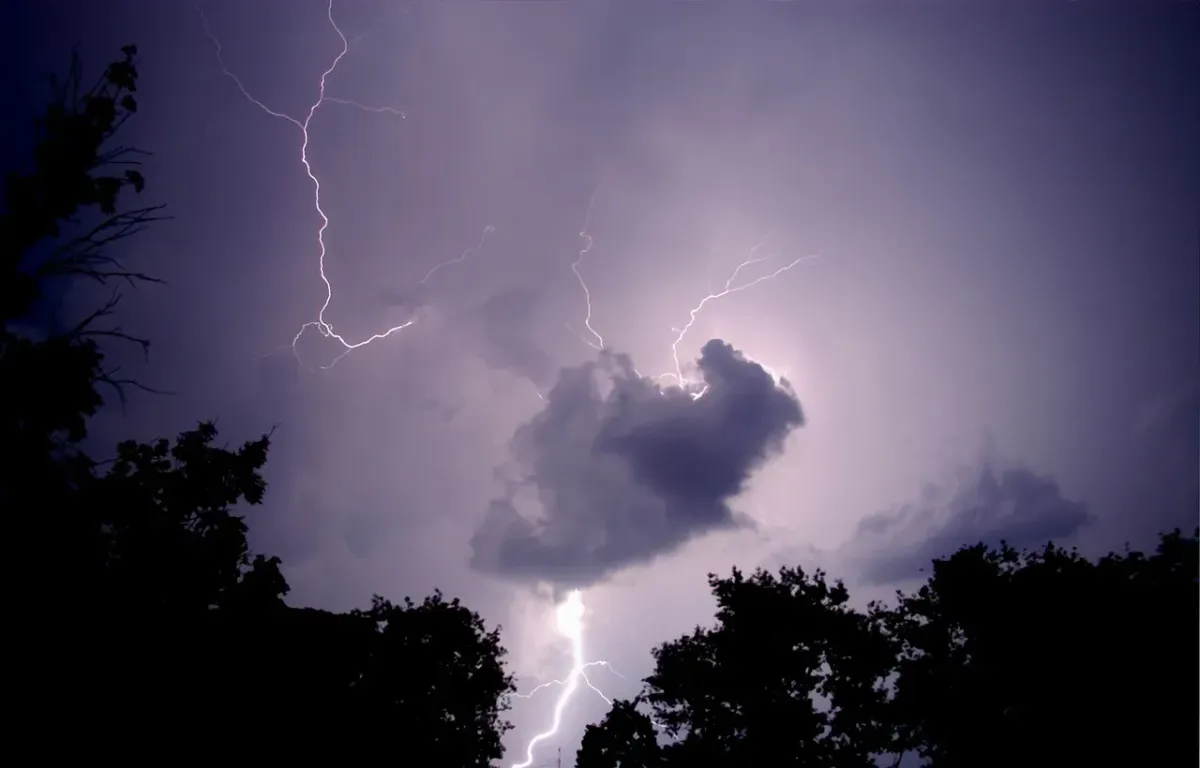
Weathering the Storm: Lessons from Arizona's Monsoon Season
Yesterday marked the arrival of the first major dust storm and monsoon of the season here in Arizona. As I gazed toward the southern horizon, I saw dark clouds looming, while the sky above and around me remained bright and sunny. Having lived in Arizona for 20 years, I know the monsoon season is predictable—but exactly when the storms will hit is not. A few hours later, the dust storm was upon us, moving fast and fierce.
If you’ve never experienced an Arizona monsoon, they are truly something to behold—awesome in their power and beauty, yet sometimes a little scary. This natural phenomenon offers a powerful metaphor for business leadership. Just like the monsoon season, storms in business are predictable in their inevitability, but the timing and intensity often catch us off guard.
Predicting the Business Storm
In business, storms come in many forms: market disruptions, economic downturns, internal crises, or sudden shifts in customer behavior. While leaders know these challenges will arise, the question is: how do you know when a storm is on the horizon?
What early warning systems or signals do you have in place to alert you that it’s time to put the umbrella down and button up the hatches?
Mechanisms to Detect Business Storms
Data and Metrics Monitoring: Regularly tracking key performance indicators (KPIs) and market trends can reveal early signs of trouble or opportunity.
Open Communication Channels: Encouraging honest feedback from employees, customers, and partners helps surface issues before they escalate.
Scenario Planning: Preparing for various “what if” situations sharpens your ability to respond quickly and effectively.
Leadership Alignment: Ensuring your leadership team shares a clear understanding of risks and priorities creates a unified front when challenges arise.
Cultural Readiness: Fostering a culture that embraces change and resilience equips your team to adapt and thrive under pressure.
When the Storm Passes: Dealing with the Aftermath
Even with the best preparation, storms can leave their mark. Today, after the monsoon, I found a handful of medium to large branches broken off my 50-foot Ash trees. Walking the property, I realized that—just as in business—sometimes you discover damage only after the storm has passed. Despite all precautions, some impact is inevitable.
The key is that the damage was minimal and manageable. I was able to chop up the branches and get them into the dumpster just in time for the garbage truck. This experience highlights a crucial truth: systems and processes to prepare are as important as systems and processes to repair and recover.
Repair and Recovery: Essential Business Practices
Rapid Assessment: After a disruption, quickly assess the situation to identify and prioritize areas needing attention.
Efficient Response Systems: Have clear protocols for addressing damage—whether it’s operational setbacks, team morale, or customer trust.
Continuous Improvement: Use each storm as a learning opportunity to strengthen both your preparation and recovery systems.
Resource Readiness: Ensure you have the right tools, people, and partnerships in place to respond effectively.
Our Growth Alignment Framework™ with stage-based Crisis Catalyst™ ensures that organizations have both the foresight to prepare and the agility to recover. By embedding these practices into daily operations, leaders can transform challenges into catalysts for innovation and growth.
Perception and Preparedness: The Key to Weathering Any Storm
How we perceive storms—whether natural or business-related—is deeply influenced by our level of preparedness and our ability to respond. Even in the most hostile conditions, it is possible to find a sense of calm and even appreciation for the storm’s power when you know you are ready, and when you have the means to address the aftermath.
For me, this monsoon season was a reminder of the importance of both preparation and recovery. None of my patio cushions blew away because I stowed them in the nick of time, and all of my animals were safely sheltered. And when the branches fell, I had the tools and systems to deal with them efficiently.
Embracing the Monsoon Mindset in Business Leadership
Anticipate, don’t just react: Use your insights and data to anticipate challenges before they become crises.
Build resilience: Develop processes, teams, and cultures that can withstand disruption.
Stay agile: Be ready to pivot quickly as internal conditions change.
Be adaptive: Keep your eye on the horizon and adjust to changing external conditions.
Communicate clearly: Keep your team informed and engaged throughout and after the storm.
Repair and learn: Address the damage, learn from it, and improve your systems for next time.
Find opportunity in adversity: Like the monsoon’s rain that revitalizes the desert, business storms can bring fresh growth and innovation.
These principles are at the heart of our Growth Alignment Framework™ and Crisis Catalyst™, which guides leaders through both preparation and recovery. The framework provides a structured approach to anticipating, navigating, and learning from business storms—ensuring that teams are not only aligned for growth but also resilient in the face of disruption.
The Arizona monsoon season teaches us that storms are part of the natural cycle—inevitable but manageable. For a brief moment, I even relished in the temperature dropping from 114°F to the low 80s. As inspired leaders, our role is to recognize the storm early, prepare thoroughly, and lead with confidence. When the storm hits, we're equipped not only to endure but to thrive—and to emerge stronger as we repair and grow in the aftermath.
Ready to see if your business can weather the next storm?
Click here to access our Growth Readiness Scorecard to discover how prepared you really are.
